What is a control group used for in scientific studies?
To establish causality by isolating the effect of an independent variable.
To establish the effect of a dependent variable on an independent variable.
To control the impact of extraneous variables on the dependent variable.
To control the impact of extraneous variables on the independent variable.
Correct Answer : A
A control group is used in scientific studies to establish causality by isolating the effect of an independent variable.
The control group serves as a baseline or comparison group that does not receive the treatment or intervention being tested.
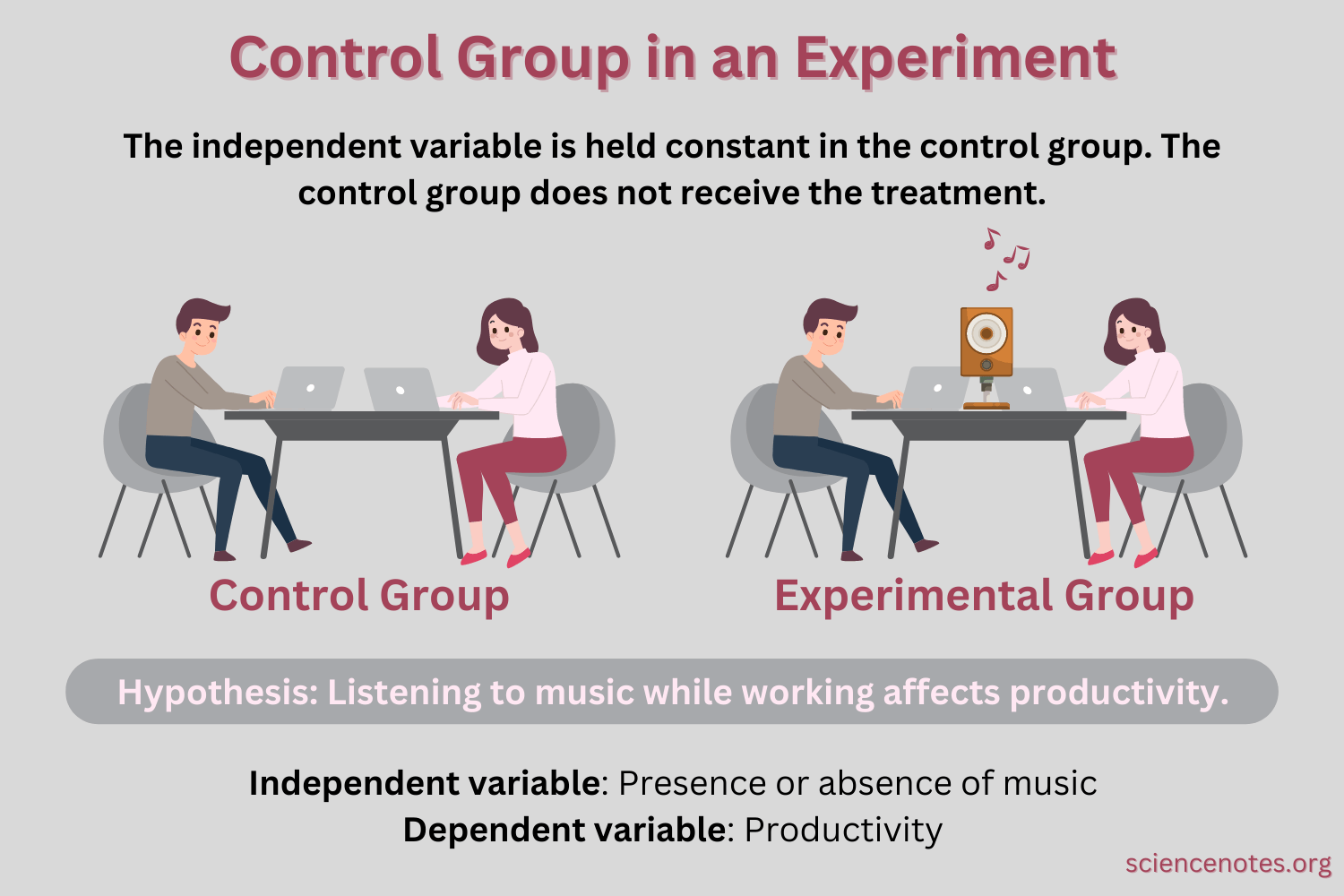 |
By comparing the results of the control group to the experimental group, researchers can determine if any observed changes are due to the independent variable or if they are due to chance or other factors.
Choice B is incorrect because a control group is not used to establish the effect of a dependent variable on an independent variable.
Choice C is incorrect because while a control group can help control for the impact of extraneous variables on the dependent variable, its primary purpose is to isolate the effect of the independent variable.
Choice D is incorrect because a control group is not used to control for the impact of extraneous variables on the independent variable.
TEAS 7 Exam Quiz Bank
HESI A2 Exam Quiz Bank
Find More Questions 📚
Teas 7 Questions: We got the latest updated TEAS 7 questions
100% Money Refund: 100% money back guarantee if you take our full
assessment pass with 80% and fail the actual exam.
Live Tutoring: Fully customized live tutoring lessons.
Guaranteed A Grade: All students who use our services pass with 90%
guarantee.
Related Questions
Correct Answer is A
Explanation
The correct answer is choice A.
The superior vena cava is the largest vein in the human body that returns deoxygenated blood from the upper half of the body to the right atrium of the heart.
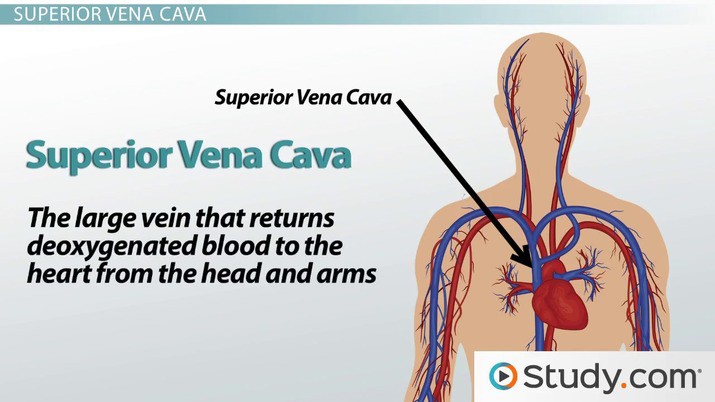
Choice B is incorrect because the inferior vena cava returns deoxygenated blood from the lower half of the body to the right atrium of the heart.
Choice C is incorrect because the pulmonary vein carries oxygenated blood from the lungs to the left atrium of the heart.
Choice D is incorrect because the renal vein carries deoxygenated blood from the kidneys to the inferior vena cava.
Correct Answer is D
Explanation
The correct answer is choice D.
Genes that regulate cell division can become oncogenes when mutated.
Oncogenes are mutated genes that can contribute to the development of cancer.
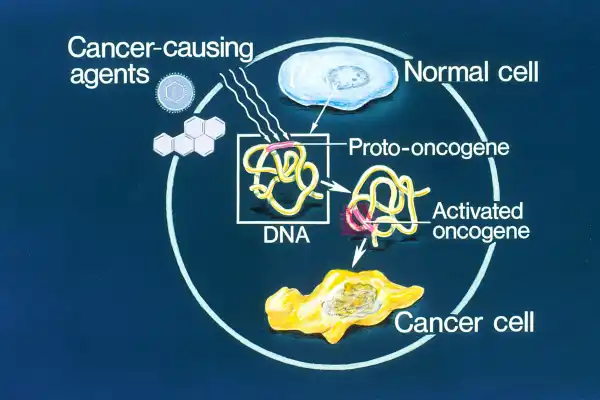
In their non-mutated state, everyone has genes which are referred to as proto- oncogenes.
When proto-oncogenes are mutated or increased in numbers due to DNA damage, the proteins produced by these genes can affect the growth, proliferation, and survival of the cell, and potentially result in the formation of a malignant tumor.
Choice A is incorrect because mutations in oncogenes do not always result in the inhibition of cell division.
Instead, they can contribute to the development of cancer by affecting cell growth.
Choice B is incorrect because oncogenes are not only found in human cells but can be present in other organisms as well.
Choice C is incorrect because genes that regulate cell division can be found in viruses.
Correct Answer is C
Explanation
Inflammatory cytokines released during the early response to bacterial infection play a crucial role in initiating cell recruitment and local inflammation 1.
They induce the expression of adhesion molecules in endothelial cells and promote the recruitment of neutrophils to the site of inflammation 1.
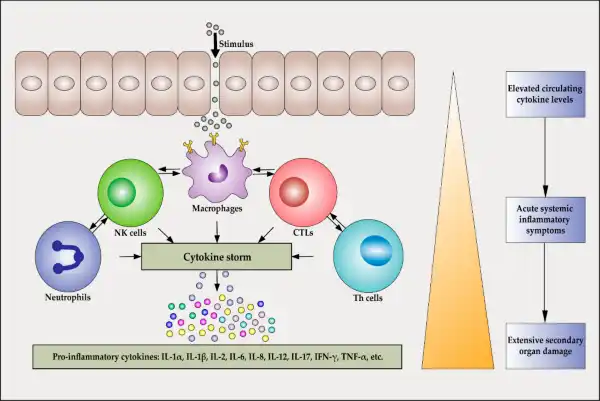
Choice A is incorrect because while inflammatory cytokines may enhance phagocytosis, they do not directly disrupt the infection.
Choice B is incorrect because inflammatory cytokines do not directly attack invading pathogens.
Choice D is incorrect because inflammatory cytokines do not secrete antibodies to neutralize pathogens.
Correct Answer is A
Explanation
The neuromuscular junction is a type of synapse where neuronal signals from the brain or spinal cord interact with skeletal muscle fibers, causing them to contract.
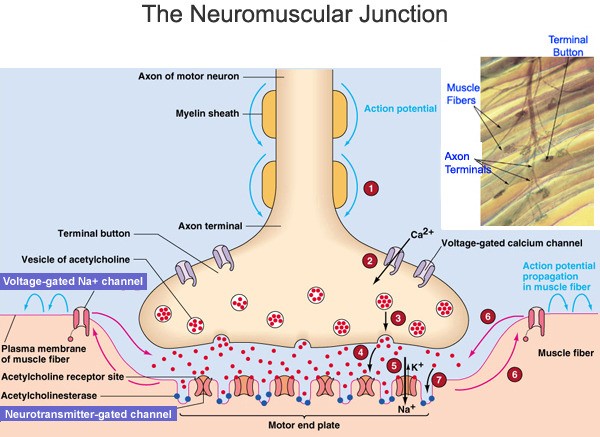
The activation of many muscle fibers together causes muscles to contract, which in turn can produce movement.
Choice B is incorrect because binding acetylcholine to nAChRs is a process that occurs at the neuromuscular junction, but it is not the function of the neuromuscular junction itself.
Choice C is incorrect because depolarizing the muscle cell membrane is a result of the function of the neuromuscular junction, but it is not the function itself.
Choice D is incorrect because activating voltage-gated sodium channels on the muscle membrane is a result of the function of the neuromuscular junction, but it is not the function itself.
Correct Answer is B
Explanation
Fertilization.
Fertilization is the process by which male and female gametes fuse to form a zygote.
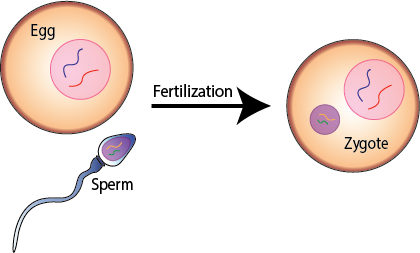 |
Oogenesis (choice A) is the process by which female gametes, or eggs, are produced.
Meiosis (choice C) is a type of cell division that results in the formation of gametes.
Mitosis (choice D) is a type of cell division that results in the formation of two identical daughter cells.
Correct Answer is C
Explanation
Bacteria can perform photosynthesis while archaea cannot. Many types of bacteria can generate oxygen from sunlight through photosynthesis, while archaea cannot perform this process.
Choice A is incorrect because neither bacteria nor archaea have a true nucleus. Both are prokaryotic organisms. Choice B is incorrect because archaea reproduce by fission, fragmentation, or budding, while bacteria can produce spores and divide sexually or asexually. Choice D is incorrect because archaeal and bacterial flagella are constructed differently.
Correct Answer is A
Explanation
Ionization is the process in which an atom loses or gains electrons to form an ion.
An ion is an atom or molecule that has a net electrical charge due to the loss or gain of one or more electrons.
Choice B is not the best answer because oxidation refers to the loss of electrons from an atom or molecule.
Choice C is not the best answer because reduction refers to the gain of electrons by an atom or molecule.
Choice D is not the best answer because isotopic decay refers to the process in which an unstable atomic nucleus loses energy by emitting radiation
Correct Answer is B
Explanation
Concentration of solute particles in the solution.
Osmosis is the movement of water across a semipermeable membrane from an area of lower solute concentration to an area of higher solute concentration.
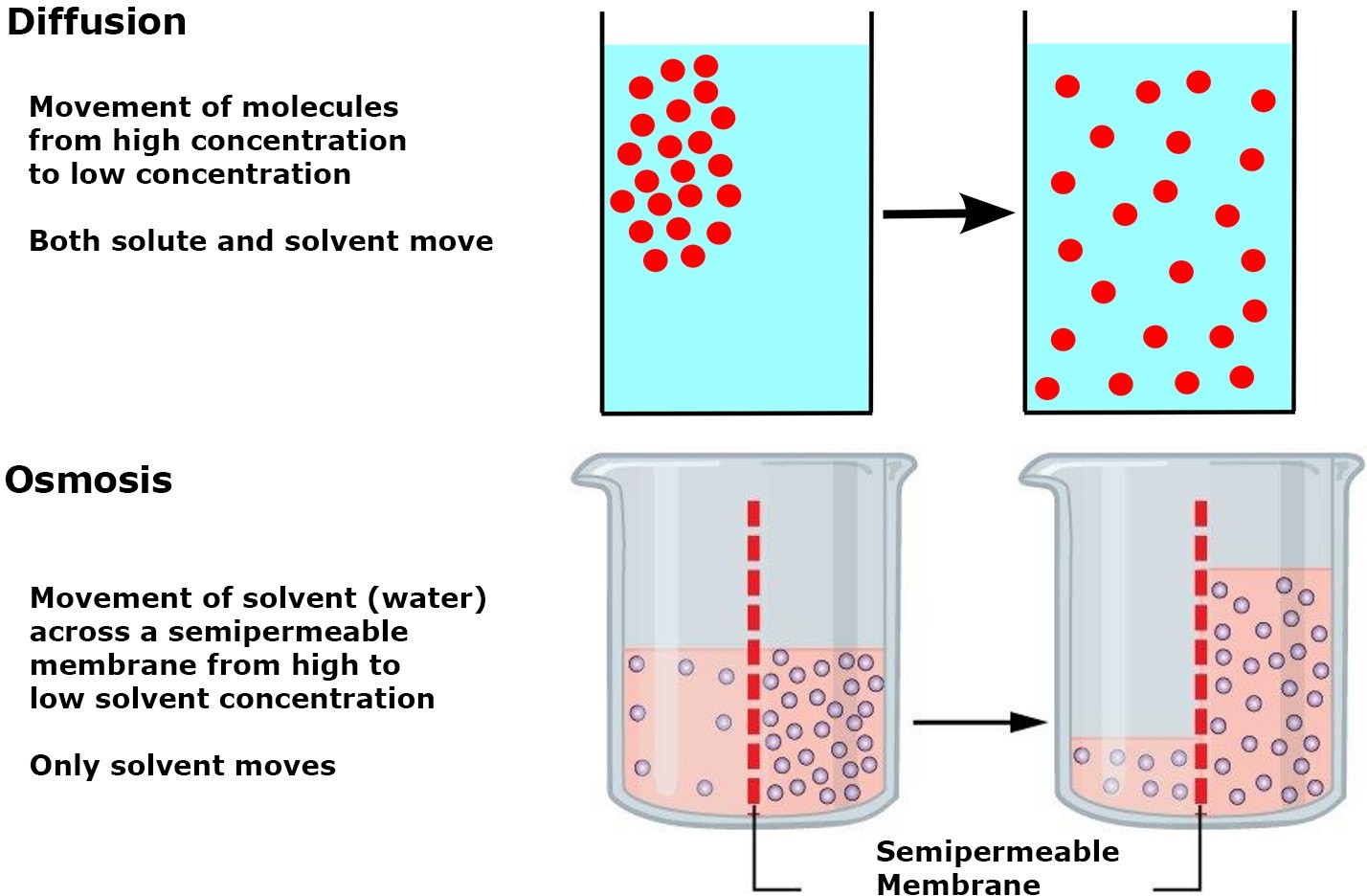
The concentration of solute particles in the solution is the primary factor that determines the movement of water across cell membranes in osmosis.
Hydrostatic pressure (choice A) can affect the movement of water across cell membranes but is not the primary factor responsible for osmosis.
Temperature (choice C) can affect the rate of osmosis but is not the primary factor responsible for osmosis.
Kinetic energy of liquid water molecules (choice D) can affect the rate of osmosis but is not the primary factor responsible for osmosis.
Correct Answer is C
Explanation
Diffusion.
During hemodialysis, waste products and excess fluids are removed from the blood by diffusion 1.
Diffusion is a separation process in which particles that are dissolved in a solution are relocated from an area of higher concentration in the blood to an area of lower concentration in the dialysate.
Choice A.
Active transport is incorrect because active transport is a process that uses energy to move molecules against a concentration gradient.
Choice B.
Osmosis is incorrect because osmosis is the movement of water molecules across a semipermeable membrane from an area of higher water concentration to an area of lower water concentration.
Choice D.
Facilitated diffusion is incorrect because facilitated diffusion is a process where molecules move down their concentration gradient with the help of carrier proteins.
Correct Answer is B
Explanation
The correct answer is choice B.
To amplify specific regions of DNA.
PCR (polymerase chain reaction) is a laboratory technique used to make many copies of a specific region of DNA.
 |
The goal of PCR is to make enough of the target DNA region that it can be analyzed or used in some other way.
PCR has many research and practical applications, including DNA cloning, medical diagnostics, and forensic analysis of DNA.
Choice A is incorrect because PCR does not separate DNA fragments by size. Choice C is incorrect because PCR does not sequence DNA fragments.
Choice D is incorrect because PCR does not analyze protein expression levels.
This question was extracted from the actual TEAS Exam. Ace your TEAS exam with the actual TEAS 7 questions, Start your journey with us today
Visit Naxlex, the Most Trusted TEAS TEST Platform With Guaranteed Pass of 90%.
Money back guarantee if you use our service and fail the actual exam. Option of personalised live tutor on your area of weakness.
